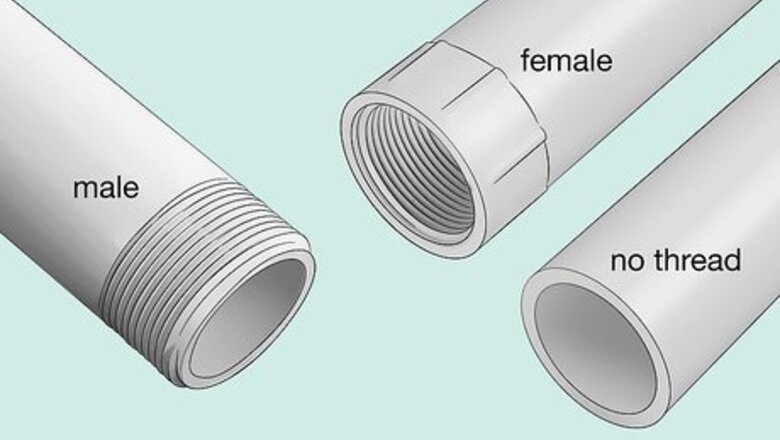
views
- See if your pipe has "male" threads that go around the outside or "female" threads that go along the inside.
- Measure the outer diameter of a pipe with male threads (or no threads) and jot down the inner diameter for a pipe with female threads.
- Convert any diameter measurements smaller than 14 in (360 mm) to nominal size.
- Use Nominal Pipe Size (NPS) if you live in North America and Diameter Nominal (DN) if you live in a country that uses the metric system.
Measuring the Right Diameter
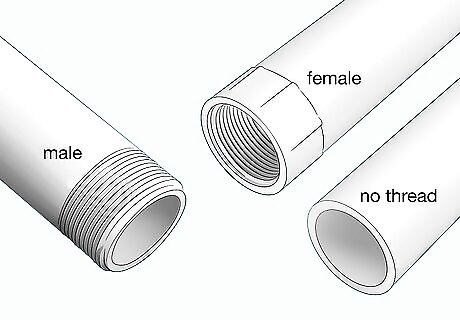
Determine if your pipe has “male” or “female” threads or no threads. Threads are the little grooves on the ends of some pipes that help them fit together. Male threads are on the outside of the pipe, whereas female threads are on the inside.
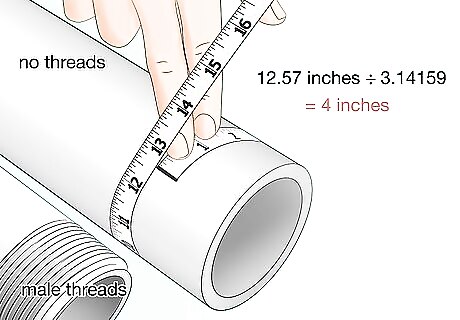
Find the outside diameter if the pipe has male threads or no threads. The outside diameter is from outside edge to outside edge across the pipe. To find it, measure around the circumference of the pipe with flexible measuring tape. Divide the circumference by pi, or about 3.14159. For example, if the circumference is 12.57 inches (319 mm), you would divide by pi, and get an outside diameter of about 4 inches (100 mm). Use string to measure if you don’t have measuring tape. Mark the point on the string where it wraps around the circumference. Then remove the string, measure it against a ruler, and divide that length by pi.
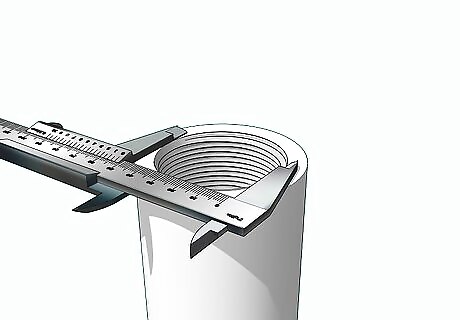
Measure the inside diameter if the pipe has female threads. That is the distance across the middle of the pipe, not including the thickness of the pipe walls. Use a ruler or a caliper and measure at the end of the pipe, where there is a cross section. Remember not to measure from the outside edges, but rather from inside edge to inside edge. EXPERT TIP Greg Jeiranyan Greg Jeiranyan Licensed Plumber Greg Jeiranyan is a Licensed Plumber based in Los Angeles, California. With over 10 years of professional experience, Greg and his team specialize in residential and commercial plumbing service calls. His company, Plumbing Geeks, is rated 5 stars on Yelp and is a family-owned and operated plumbing company. Plumbing Geeks has been serving Los Angeles and its surrounding areas since 2021. Greg Jeiranyan Greg Jeiranyan Licensed Plumber Use a tape measure across the pipe's width to determine the size. A simple way to measure a pipe's diameter is to use a tape measure across the width of the pipe. This gives you the size quickly without specialized tools. It's very handy for replacements or repairs. This easy method works great for professionals and DIYers.
Converting to Nominal Pipe Size
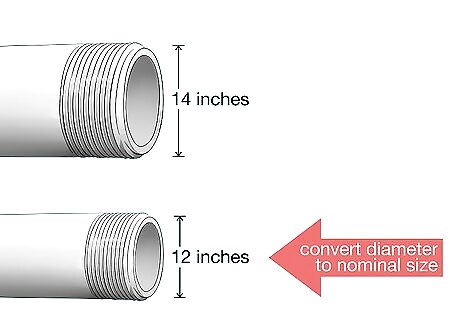
Convert your diameter to nominal size if its smaller than 14 inches (360 mm). If its 14 inches (360 mm) or more, you don’t need to convert it, because the diameter will equal the nominal diameter already.
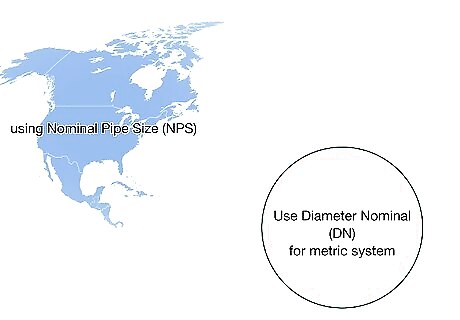
Find out if you need to convert to NPS or DN. Convert to Nominal Pipe Size (NPS) if you are in North America, or Diameter Nominal (DN) if you are using the metric system. If you are unsure, it could help to go to the website of a store in your country that sells pipe. If they mark pipe with inches, then you need the NPS system.

Convert your measurement of internal or outside diameter to the appropriate nominal size. Nominal size is what the pipe will be called in the store. You can do this using a table. This table is helpful for NPS measurements: https://www.zoro.com/pipe-fitting-size-guide This table has both NPS and DN measurements: https://www.massflow-online.com/faqs/where-do-nps-or-dn-stand-for/ For example, if you measured a diameter of 1.05 inches (27 mm), this would translate to a nominal size of ¾ in NPS, or 20 in DN.




















Comments
0 comment